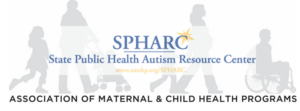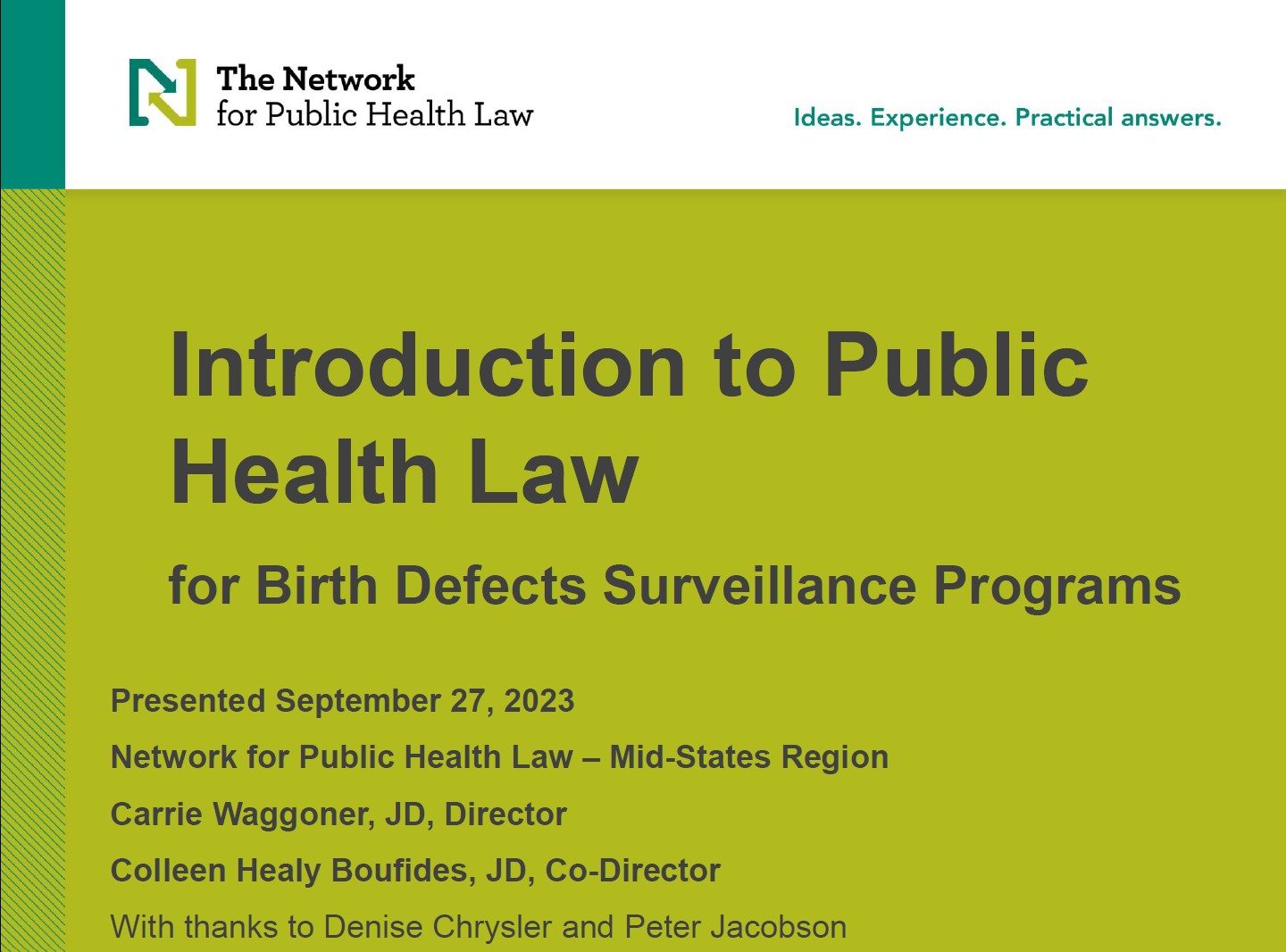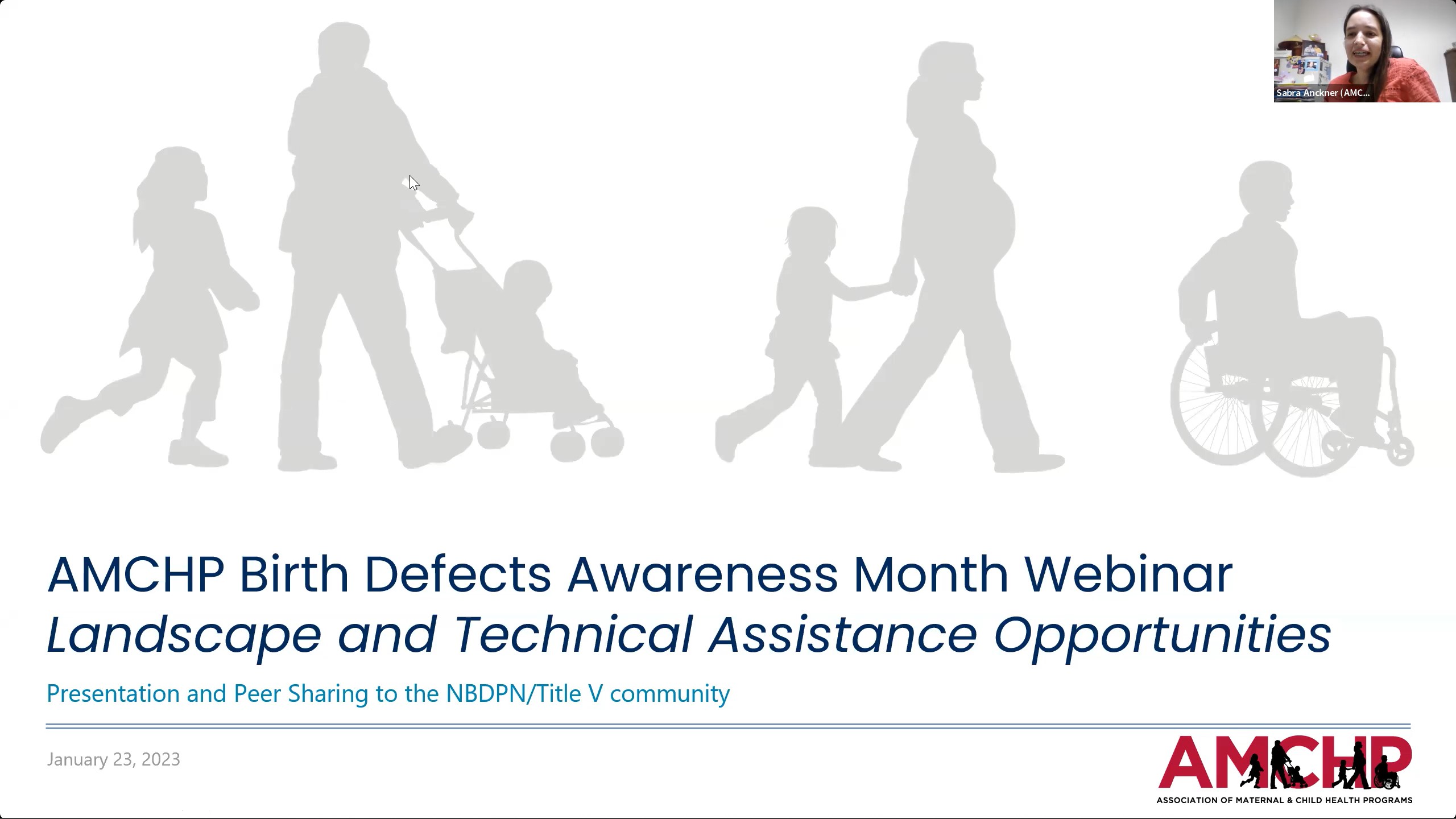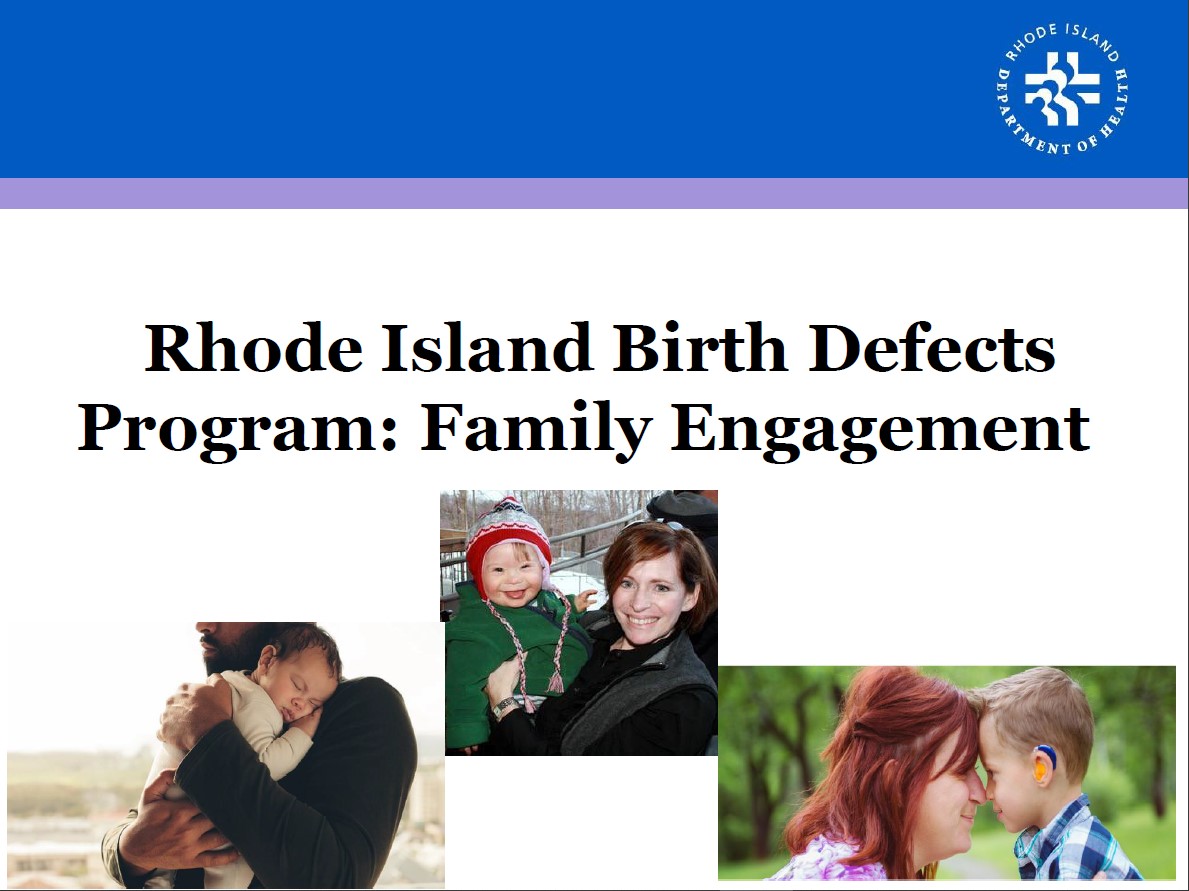Through our current initiatives, AMCHP supports public health programs, such as state and jurisdictional Title V Children & Youth with Special Health Care Needs (CYSHCN) programs, to strengthen comprehensive, coordinated systems of care that enable all children and youth to live their best life. We do this by providing Title V CYSHCN program staff with practical resources, including individualized hands-on technical assistance, that offer guidance on strategically leveraging existing resources to accelerate progress toward systems of care that produce equitable outcomes for all children.
Current Initiatives
- Safeguarding Health and Education Services to Children with Disabilities during Public Health Emergencies
- Increasing public health preparedness capability among MCH and CYSHCN programs
- Leadership Development and Capacity Building
- State Public Health Autism Resource Center
- Intentional Parterships
 In this resource, developed in partnership with Child Trends, we describe a series of guiding principles around systems-level capacity building and placement and services. Although there is no one-size-fits-all model for coordination, these guiding principles are designed to give states a starting point and to set standard expectations – drawing upon the best available data and research and the lived experiences of children, their families, and the practitioners that serve them – for state-level coordination and system resilience that persevere through both the COVID-19 public health emergency and those that may follow. This resource provides a set of best practices via implementation examples that aim to improve the health and well-being of those experiencing poor outcomes due to structural racism and systemic inequities, through fostering partnership between state/territorial and local public health and education programs.
In this resource, developed in partnership with Child Trends, we describe a series of guiding principles around systems-level capacity building and placement and services. Although there is no one-size-fits-all model for coordination, these guiding principles are designed to give states a starting point and to set standard expectations – drawing upon the best available data and research and the lived experiences of children, their families, and the practitioners that serve them – for state-level coordination and system resilience that persevere through both the COVID-19 public health emergency and those that may follow. This resource provides a set of best practices via implementation examples that aim to improve the health and well-being of those experiencing poor outcomes due to structural racism and systemic inequities, through fostering partnership between state/territorial and local public health and education programs.
Click the following to access the resource, Safeguarding Health and Education Services to Children during Public Health Emergencies: A Statement of Principles
AMCHP works alongside federal partners and others at all levels of the socio-ecological model to ensure that women, children, and families are planned for in the event of public health emergencies. We do this by helping state/territory MCH and CYSHCN programs use an equity lens to build their emergency preparedness and response (EPR) capacity, more effectively advocate for MCH population needs and priorities in the context of broader response efforts and ensure staff at all levels of leadership feel prepared to support effective individual-, family- and systems-level response outcomes. Click here to learn more about and explore initiatives within AMCHP’s EPR portfolio.
- Maternal and Child Health Public Health Emergency Preparedness and Response Toolkit—In collaboration with AMCHP’s Workforce Development team and in partnership with the Center for Disease Control & Prevention (CDC)’s National Center on Birth Defects and Developmental Disabilities (NCBDDD), this initiative aims to enhance the capabilities of maternal and child health, children and youth with special health care needs, and newborn screening and birth defects leadership and staff to actively engage in public health emergency responses. In year one of the project, the MCH Public Health Emergency Preparedness National Work Group shared resources, stories, and expertise that will inform the ongoing development of a web-based toolkit that supports, and responds to women, children, and families during emergencies.
Many lessons were learned from the 2016‒2018 response to the Zika epidemic. Title V MCH programs played a critical role in the emergency response, and it is important to center MCH populations before, during, and after public health emergencies going forward. Zika’s impact on children and families may last for years. Those who work in and support services and systems of care for children and families should prepare now to ensure they are able to meet those future needs.
AMCHP, in partnership with March of Dimes and with support from CDC, developed a series of resources to share state experiences and lessons learned from the Zika response, and highlight implications for the long-term needs, opportunities for improvement in services and systems of care, and areas to prioritize during future public health threats to MCH populations.
- Beyond Zika: Preparing MCH Programs for Future Threats to the Health of Families and Communities – summarizes key themes on the types of strategies and activities initiated through the Zika response that can strengthen overall systems and infrastructure to respond to public health emergencies.
- Preparing for the Future: Zika & Long-Term Implications for Systems of Care – Based on discussion from MCH thought leaders, this document highlights gaps in and opportunities to improve the systems of care to address the longer-term needs of those affected by Zika.
- The Value of Title V in Emergency Preparedness and Response – synthesizes key take-aways on the value of Title V programs’ active involvement in the Zika response, as well as actions needed to ensure Title V programs play a central role in future emergency preparedness and response activities.
AMCHP’s core membership consists of Title V MCH & CYSHCN Directors. The CYSHCN team specializes in providing technical assistance, leadership opportunities, and peer-to-peer activities that can increase Title V CYSHCN program capacity to ensure that service systems for all children, especially those with special health care needs and communities of color, are family-centered, community-based, and well-coordinated. Presently, the following resources serve as a cornerstone for the Title V CYSHCN Director experience.
- National Title V CYSHCN Program Profile: An updated version of this 2017 resource is forthcoming and will explore how state agencies dedicated to serving CYSHCN are carrying out their mission. This resource will provide a landscape of all 59 state and jurisdictional CYSHCN programs, including the structure, location, and program contacts as well as an understanding of the population health strategies being incorporated to strengthen the systems that serve this population and the policies that influence and guide these systems.
- Two distinct Leadership Development opportunities: All Title V CYSHCN Directors are welcome to participate in one or both of these opportunities based on eligibility.
-
- Application required for Title V CYSHCN Directors who have been in their capacity for three years or less—AMCHP’s Leadership Lab “New Directors Leaders Cohort” provides a space for you to learn, receive mentoring/coaching, and interact with 5-6 of your peers and an experienced mentor. This is a structured, 8-month experience where participants will attend and spend time processing content from webinars addressing cross-cutting topics that are relevant for Title V Directors, join with cohort peers for interactive learning and discussion sessions, complete individual and collaborative activities aligned with their identified leadership goals, and communicate regularly with a matched mentor. We will post an application link when the next cycle opens in mid-2022.
- All CYSHCN Directors are welcome to join the Leadership Institute for CYSHCN Directors! The Leadership Institute for CYSHCN Directors (LICD) aims to enhance the effectiveness of state CYSHCN Directors to lead and transform their programs, thus improving the system of care for CYSHCN and their families. The Institute provides state CYSHCN directors targeted, intensive, and ongoing training through the following:
- An annual in-person meeting
- Mentorship opportunities
- Network of CYSHCN directors via a moderated listserv
- To sign up for the Leadership Institute for CYSHCN Directors, please contact Paige Bussanich at pbussanich@amchp.org
- Racial Equity Implementation Strategies in Title V CYSHCN Programs: AMCHP is currently exploring how states are addressing health equity in their programs for Children and Youth with Special Health Care Needs (CYSHCN). Part of this initiative includes a scan of Title V Block Grants using the Title V Information System (TVIS). The objective is to identify CYSHCN-specific strategies and activities to promote health equity, with racial equity as a central feature.
- Request Technical Assistance via the AMCHP TA request button!

AMCHP’s State Public Health Autism Resource Center (SPHARC) is a comprehensive web-based resource center intended to provide ongoing technical assistance and facilitate cross-state learning to increase the capacity of states, particularly Title V programs, in developing and implementing systems of care for children and youth with autism spectrum disorders and other developmental disabilities (ASD/DD) through resource development, technical assistance, peer learning, and centering lived experience.
Visi our website at https://spharc.amchp.org/
You can view our eLearning Module on the “Autism CARES Act 101” here
As a component of our support to state and jurisdictional Title V CYSHCN programs, AMCHP strives to model intentional partnership and coordination with our colleagues housed in CYSHCN and disability-related national technical assistance centers across the country. Our partners include:
- Advisory Committee on Heritable Disorders in Newborns and Children (AMCHP is an organizational representative to this committee)
- Association of University Centers on Disabilities (AUCD)
- Interdisciplinary Technical Assistance Center on Autism and Developmental Disabilities (ITAC)
- National Center on Disability in Public Health
- Autistic Self Advocacy Network (ASAN)
- Center for Dignity in Healthcare for People with Disabilities
- Child Trends
- Family Voices
- National Academy for State Health Policy (NASHP)
- National Birth Defects Prevention Network (NBDPN)
- The National Center for Children’s Vision and Eye Health at Prevent Blindness
- The National Network for Advancing Systems of Services for CYSHCN





